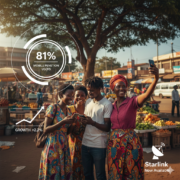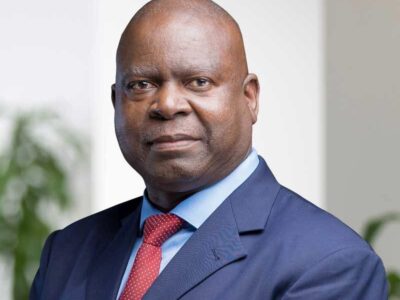Despite a sharp decline in electricity sales over the past decade, Eskom’s revenue has more than doubled due to massive tariff hikes. This has raised concerns about inefficiency and lack of competition in South Africa’s power sector.

According to Eskom’s latest annual report, the utility sold 183.3 terawatt-hours (TWh) of electricity in the 2024 financial year. In 2023 they sold around 188.4TWh R257.8 billion. However, revenue surged from R257.8 billion in 2023 to R294.1 billion in 2024.
The primary driver? Electricity tariffs skyrocketed over the same period. In 2014, the average price per kilowatt-hour (kWh) was R0.71 (excluding VAT). By 2024, it had jumped to R1.88, and a further increase in 2025 pushed it to R2.12 before VAT. Many households now face even steeper hikes due to Eskom’s new retail tariff structure.
By Gamuchirai Mapako
Eskom claims that tariff increases reflect rising supply costs, but critics argue that inefficiency and lack of competition are the real culprits.
The World Bank estimates Eskom needs only 14,244 employees to serve its customer base. Yet, despite reducing staff from 50,000 a decade ago to around 40,000 in 2024, it remains overstaffed compared to global standards.
The company’s cost per employee ballooned from R38,000 in 1990 to R913,000 in 2024, an even bigger increase. Adjusted for inflation, this is still higher than in 1994.
Eskom’s declining sales are partly due to load-shedding, which has pushed businesses and households toward self-generation. Even with reduced blackouts in 2024, demand continued to fall.
The utility’s monopoly is now under threat as South Africa’s energy market opens up.
Since 2018, 10,500MW of private power capacity has been registered about 20% of Eskom’s current capacity (53,000MW). The rooftop solar surge has led to unregistered behind-the-meter solar installations reaching 6,800MW by June 2025.
A National Transmission Company survey found South Africa’s renewable energy pipeline exceeded 172,000MW in 2024, mostly from private projects.
Nedbank’s 2025 Energy Prospects Report predicts Eskom’s unbundling into three separate entities will break its monopoly. The shift to a multi-buyer market will allow independent producers to sell directly to private buyers, increasing competition.
As Eskom shuts down aging coal plants and businesses invest in renewables, the utility faces an existential challenge: adapt or lose dominance in South Africa’s evolving energy landscape.











Comments